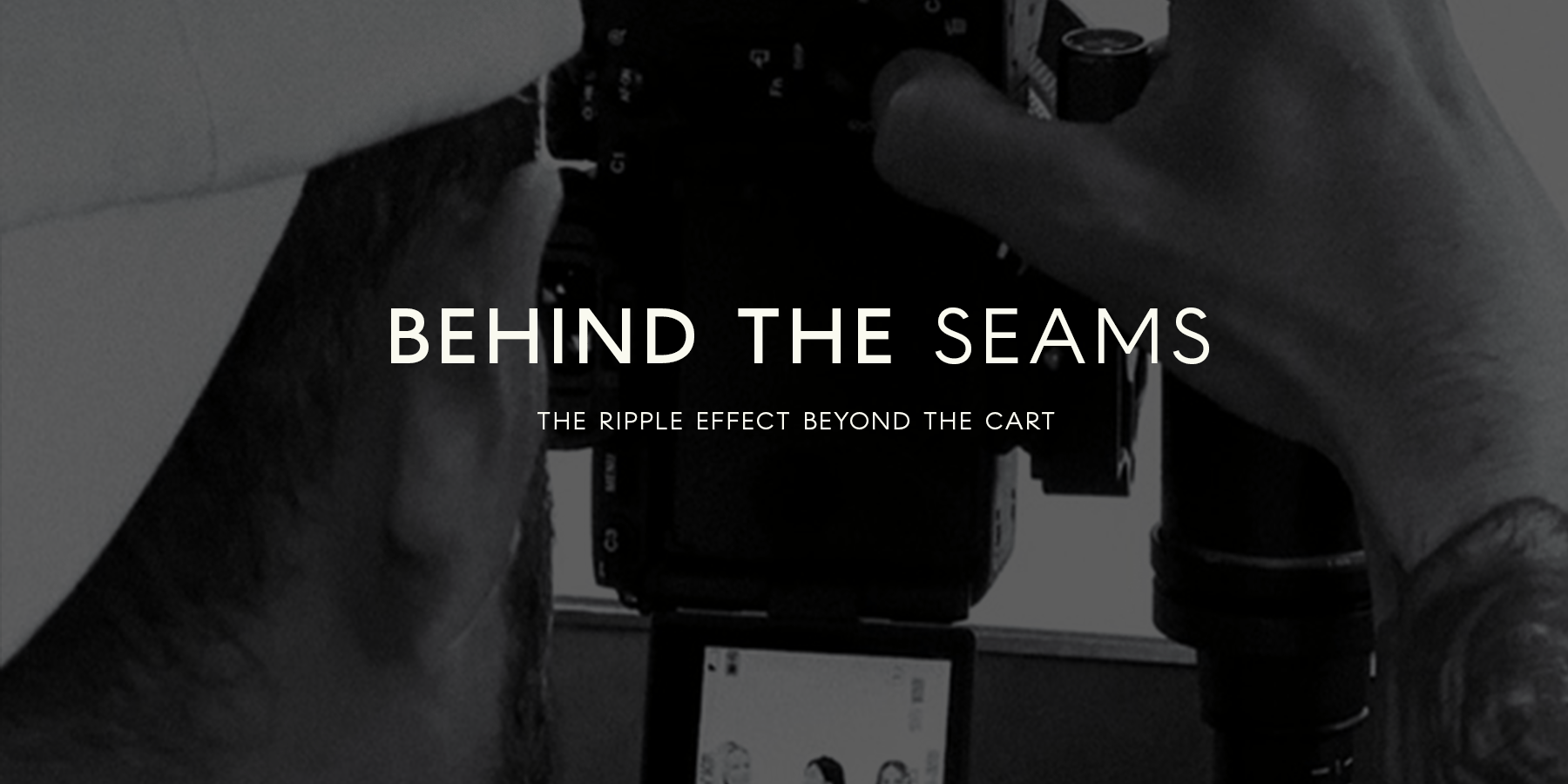Article: What's really in your Activewear?

What's really in your Activewear?
Sustainability That’s Real — Not Performed
How Rue Avenue is Redefining Conscious Activewear
Sustainability has become one of the most talked-about topics in fashion — and rightly so. Consumers are more mindful than ever about what they buy and who they support. But with that awareness has come a wave of messaging from brands eager to appear eco-conscious, often without the practices to match.
Terms like “eco,” “green,” and “conscious” are now common across campaigns and tags. But the real question is: how deeply embedded are these values in a brand’s actual processes?
This is where the concept of greenwashing comes in — when sustainability is used more as a branding strategy than a business ethic. It can be hard to spot, and even harder to avoid when the messaging sounds right. But genuine sustainability is about more than buzzwords — it’s about transparency, intention, and responsibility at every level of production.
What’s Hidden in your Activewear
Most activewear on the market today is made from synthetic materials — like polyester, nylon, and spandex. While these fabrics perform well in workouts, they often come at an environmental cost.
-
Synthetic fibres release microplastics: When washed, these materials shed tiny plastic fibres that travel through waterways and into the ocean. In fact, the International Union for Conservation of Nature (IUCN) estimates that synthetic textiles account for 35% of all microplastic pollution in our oceans.
-
PFAS, also known as "forever chemicals," are often used in performance wear to make items sweat-wicking or water-repellent. These chemicals don’t break down, lingering in the environment — and in our bodies — for years. Studies have linked them to immune dysfunction, hormonal disruption, and more.
-
Overproduction and waste: Many large brands release new collections weekly to keep up with demand and trends — and with that comes excess. Returned or unsold stock often isn’t repurposed or recycled but discarded, contributing significantly to landfill waste and greenhouse gas emissions.
While many companies have started initiatives to reduce their impact, these practices are still widely embedded in the traditional fashion model.
How Rue Avenue Is Doing Things Differently
At Rue Avenue, sustainability isn’t a trend — it’s the foundation. We launched with a commitment to doing things differently: creating beautiful, functional activewear without compromising the planet or your values.
Here’s what that looks like in practice:
-
Recycled Fabrics
We use premium recycled materials sourced from certified suppliers. These fabrics come from post-consumer waste — like plastic bottles — giving them a second life and helping reduce virgin plastic production. -
Small, Intentional Batches
We don’t mass produce. Every run is carefully considered to avoid overproduction and waste — and to ensure quality. -
Designed to Last
Rue pieces are created with timeless silhouettes and durable construction. That means fewer purchases over time — and less ending up in landfill. -
Thoughtful Packaging
Our packaging is minimal, plastic-free, and either compostable or fully recyclable. -
Purpose Over Trends
We design intentionally, not impulsively. Our pieces don’t chase fast fashion cycles — they stand on their own, season after season.
This path isn’t the cheapest or easiest, but it’s the one that aligns with our values — and yours.
Conscious Fashion Is Possible — and Powerful
Sustainability isn’t about being perfect. It’s about making better choices, more often.
At Rue Avenue, we’re proud to be part of a movement that’s challenging the status quo — not by pointing fingers, but by offering a better way forward.
We’re proof that activewear can be both beautiful and responsible. That you don’t have to compromise style for ethics. And that your choices as a consumer genuinely matter — for your wardrobe, for the planet, and for future generations.
So next time you’re looking for a new set, we invite you to ask:
-
Where did this come from?
-
How was it made?
-
And what kind of impact will it leave behind?
Because sustainability is more than just words.

